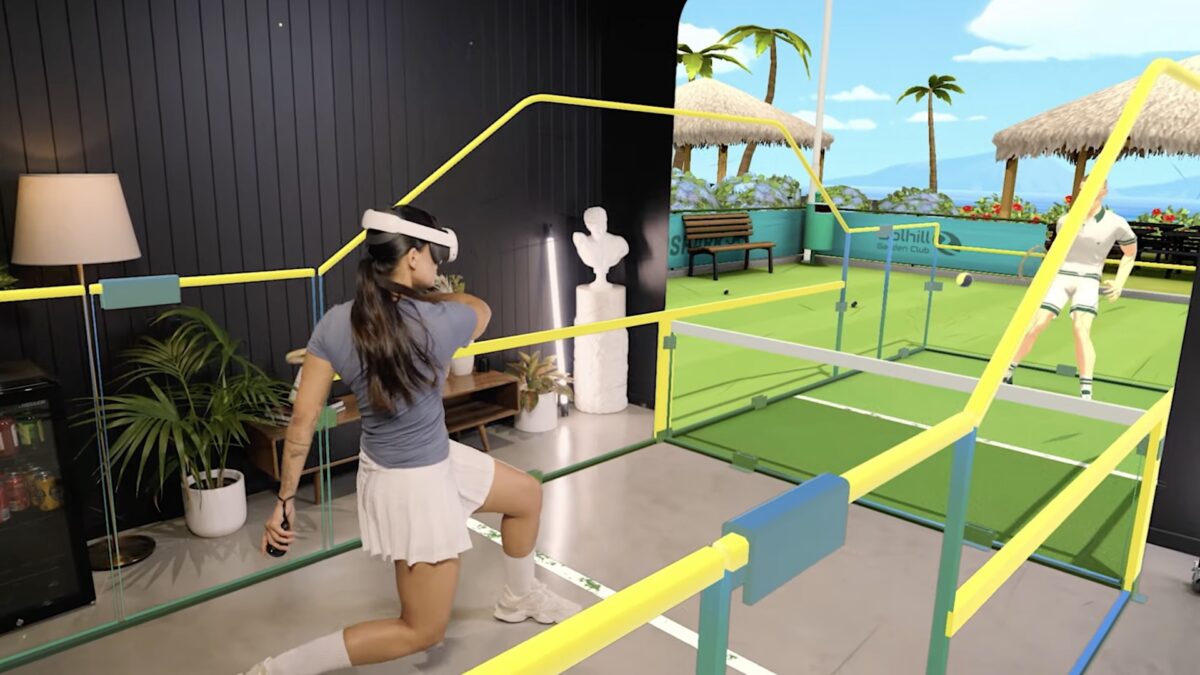LIV becomes the new standard for mixed reality capture on Quest

Meta replaces its own solution for mixed reality capture with the more sophisticated toolkit from LIV.
Meta announces a partnership with LIV. Its tools will be integrated into the Quest platform, while Meta's solution, the Mixed Reality Capture Tool, will be deprecated.
"This multi-year partnership will provide you with streamlined and low-friction solutions for recording high-quality footage of Meta Quest app experiences so you can efficiently create marketing materials and help people share the unique aspects of your app with the world," Meta writes.
With the release of the LIV SDK v2.0, content creators and VR studios can now capture video of MR experiences that demonstrate advanced Quest features and APIs such as hand tracking, passthrough, scene understanding, spatial anchors and occlusion. Meta helped with the integration.
These features are now available in the LIV SDK v2.0 beta for Unity applications. Unreal support will be added in the coming months. LIV SDK v2.0 for Unity and Unreal will leave beta at the end of 2024.
A PC and an external camera are required to capture mixed reality video. More information is available on the Oculus Developer Blog.
Why mixed reality capture is important
Mixed reality videos blend footage from physical and digital reality to approximate what a VR or MR game actually feels like. They've been used by content creators and VR studios since 2016. In this article, you'll see two examples of modern mixed reality trailers.
Improving the corresponding tools for Quest will increase the popularity of the platform, games, apps, and virtual and mixed reality in general.
Note: Links to online stores in articles can be so-called affiliate links. If you buy through this link, MIXED receives a commission from the provider. For you the price does not change.